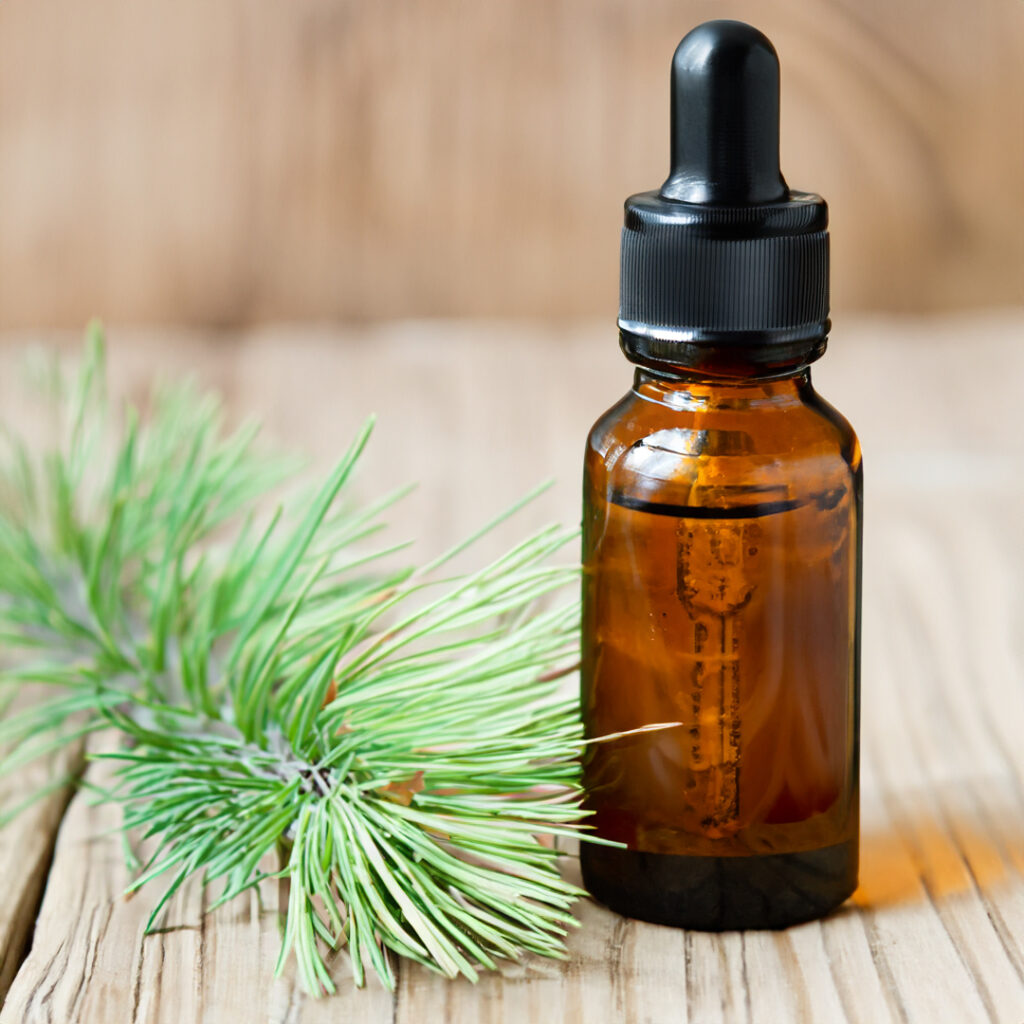
Extraction Process
Harvesting the Plant Material: Cedarwood branches, bark, and sometimes leaves are harvested for distillation. The species commonly used include Cedrus atlantica (Atlas cedar), Juniperus virginiana (Virginia cedarwood), and Cedrus deodara (Himalayan cedar).
Steam Distillation:
- Setup: The harvested cedarwood material is placed into a distillation still.
- Steam Interaction: Steam is passed through the cedarwood material, causing the plant cells to break down and release both volatile aromatic compounds (essential oils) and water-soluble components.
- Condensation: The steam carries these compounds into a condenser, where it cools and converts back to liquid form.
- Separation: The liquid is collected in a separator, where the essential oil floats to the top, and the hydrolate remains in the lower layer. This lower layer is the cedarwood hydrolate, containing water-soluble aromatic compounds.
Collection: The cedarwood hydrolate is then carefully siphoned off, filtered, and stored. It’s typically less potent than the essential oil but carries a similar scent profile and therapeutic properties.

